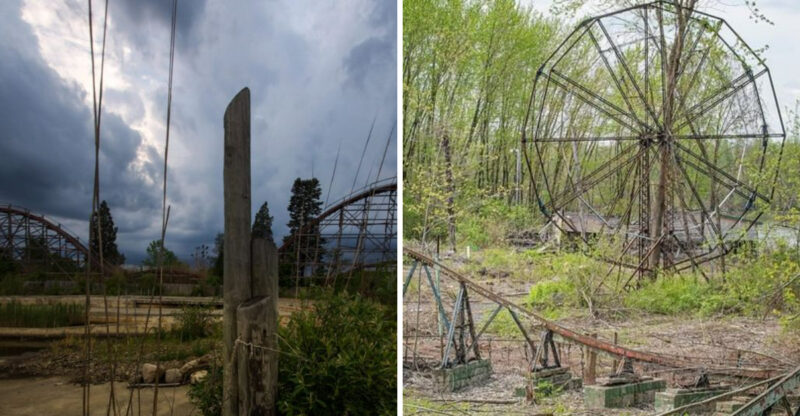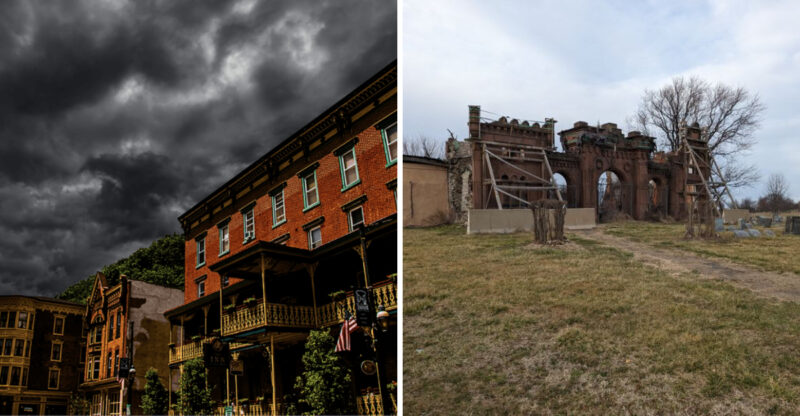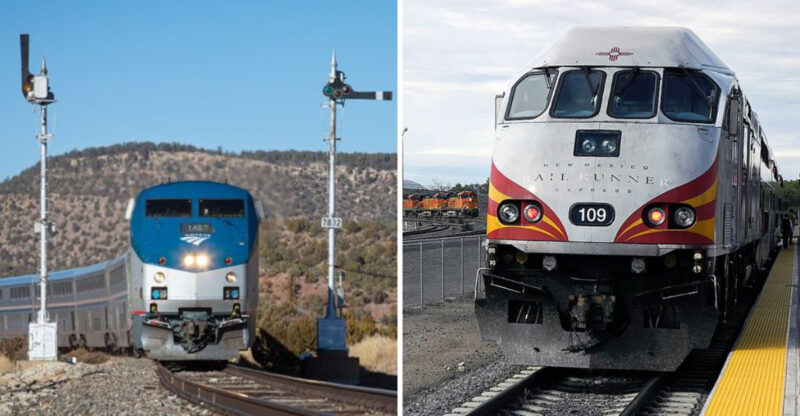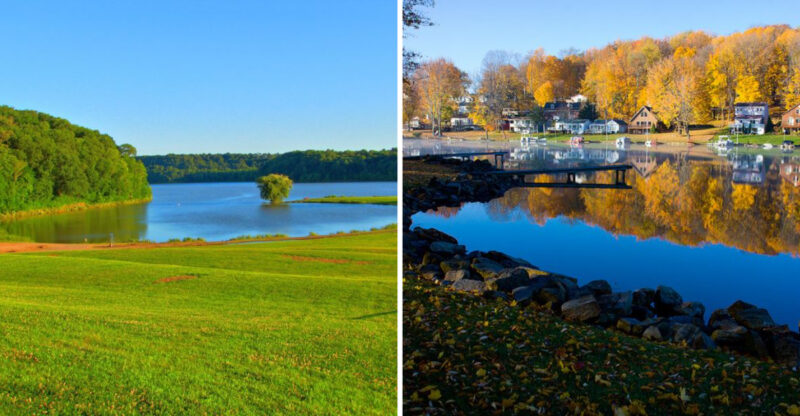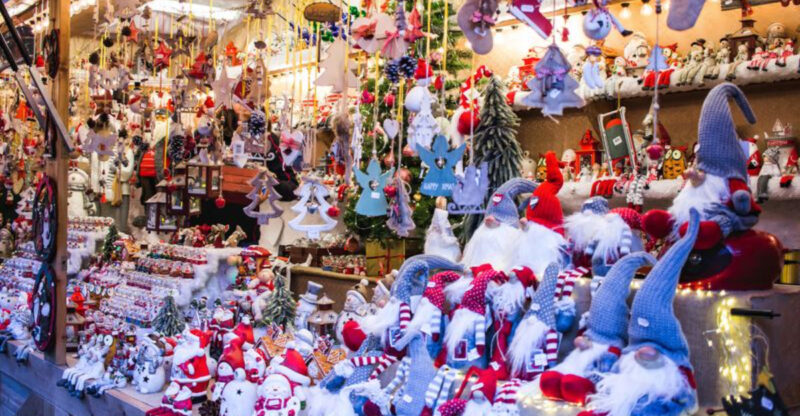13 Places In Utah To See The Brightest Night Skies This Winter
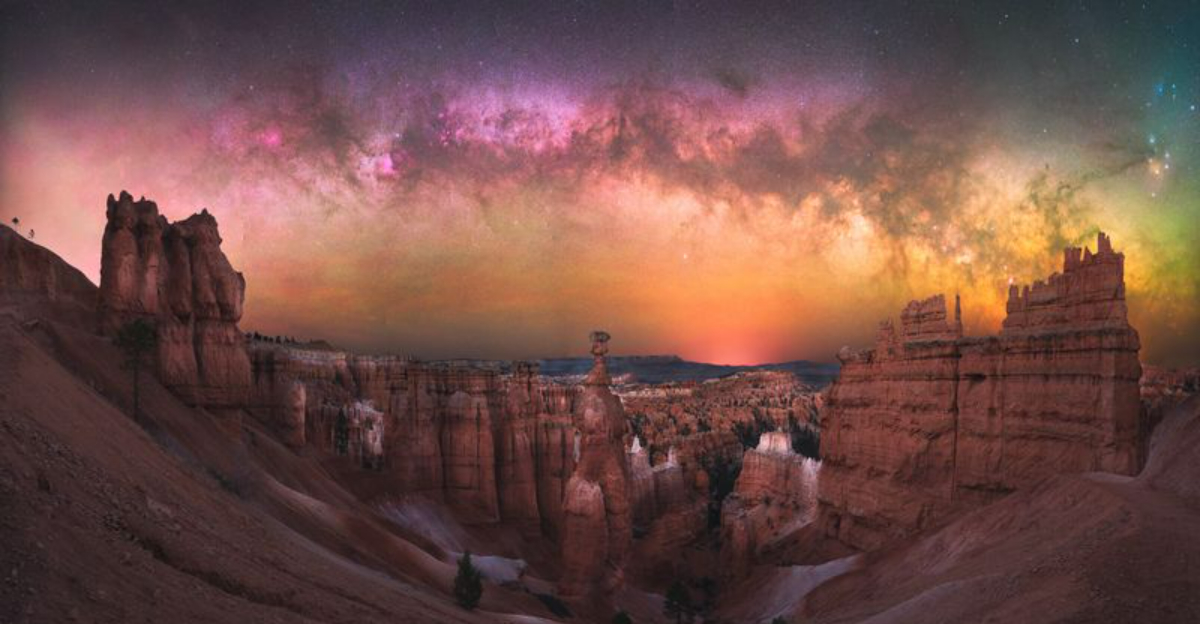
Winter in Utah transforms the night sky into a breathtaking canvas of stars, planets, and cosmic wonders. The combination of high elevation, low humidity, and minimal light pollution creates perfect conditions for stargazing adventures.
I’ve explored the state’s most spectacular viewing spots where you can witness the magic of our universe in all its glory this winter season.
1. Natural Bridges National Monument
As America’s first certified International Dark Sky Park, this hidden gem offers some of the darkest skies on planet Earth. The natural stone bridges frame perfect views of the Milky Way, creating natural windows to the cosmos.
Winter visits mean fewer crowds and often clearer atmospheric conditions. I recommend bringing a reclining chair so you can comfortably gaze upward for hours without straining your neck.
2. Antelope Island State Park
Just a short drive from Salt Lake City, this island sanctuary in the Great Salt Lake becomes a stargazer’s paradise after sunset. The reflection of stars on the lake’s surface creates a double dose of celestial wonder.
Winter brings the added bonus of seeing the Milky Way reflected in the still waters. The island’s elevation provides excellent viewing conditions, and you might spot some of the resident bison silhouetted against the night sky.
3. Capitol Reef National Park
Red rock formations create dramatic foregrounds for your astrophotography in this certified International Dark Sky Park. The Waterpocket Fold area offers particularly spectacular viewing opportunities with minimal light interference.
Winter visits mean you’ll likely have vast sections of the park entirely to yourself. The contrast between warm-colored sandstone and the cool night sky creates a visual feast you won’t soon forget.
4. Dead Horse Point State Park
Perched 2,000 feet above the Colorado River, this plateau offers jaw-dropping views of both the landscape and the cosmos. The famous overlook creates a perfect photography spot where the canyon walls frame the star-studded sky.
Winter brings crisp, clear air that enhances visibility of distant celestial objects. The elevated location minimizes light pollution from nearby towns, creating ideal conditions for spotting planets, star clusters, and even satellites.
5. Goblin Valley State Park
Surrounded by strange hoodoo formations nicknamed “goblins,” this valley feels like another planet even in daylight. After dark, the otherworldly landscape transforms into one of Utah’s premier stargazing locations.
Winter brings the added magic of occasional snow dusting the goblin formations. The park’s remote location ensures minimal light pollution, and the bizarre rock formations create fascinating silhouettes against the star-filled background.
6. Cedar Breaks National Monument
At over 10,000 feet elevation, this amphitheater of red rock offers some of the clearest astronomical viewing in the state. The high altitude means you’re literally above much of the atmospheric interference that can blur starlight.
Winter transforms the landscape into a snowy wonderland, though access requires snowshoeing or cross-country skiing. The effort rewards you with breathtaking views of winter constellations like Orion and Taurus in remarkable clarity.
7. Bryce Canyon National Park
The famous hoodoos create an otherworldly silhouette against the sparkling night sky. Rangers here offer regular astronomy programs where you can peer through powerful telescopes and learn about constellations.
Bundle up extra warm as temperatures often drop below freezing, but the crystal-clear visibility more than makes up for it. The amphitheater viewpoints provide unobstructed panoramas that will leave you speechless.
8. Canyonlands National Park
The Island in the Sky district provides elevated platforms for unobstructed cosmic viewing. Mesa Arch creates a natural frame for astrophotography enthusiasts trying to capture both landscape and sky in one stunning composition.
Winter visits often mean having popular viewpoints entirely to yourself. The park’s remote location in southeastern Utah ensures minimal light pollution, allowing you to see thousands of stars, planets, and even the structure of the Milky Way with the naked eye.
9. Flaming Gorge National Recreation Area
Northeastern Utah’s hidden gem combines water and sky in a spectacular setting. The massive reservoir reflects the stars, creating a mirror effect that doubles the visual impact of the night sky.
Winter brings the advantage of longer nights and typically clearer atmospheric conditions. The area’s distance from major cities ensures excellent visibility of even faint celestial objects, and the surrounding mountains block light pollution from distant communities.
10. Hovenweep National Monument
Ancient Puebloan ruins create fascinating silhouettes against the starry backdrop at this remote archaeological site. Standing among structures built by people who carefully tracked celestial movements adds a profound dimension to stargazing here.
Winter offers the clearest skies of the year. The monument’s location on the Utah-Colorado border places it far from urban light pollution, creating exceptional conditions for viewing meteor showers, planets, and deep-sky objects.
11. Kodachrome Basin State Park
Named for its vivid colors, this park offers a rainbow of sedimentary pipes and spires that create striking foregrounds for night photography. The park’s location near Bryce Canyon but with fewer visitors means you’ll likely have stargazing spots all to yourself.
Winter visits showcase the park’s red, white, and pink formations dusted with snow. The remote location ensures minimal light pollution, and the park’s compact size makes it easy to find the perfect viewing spot without extensive hiking.
12. Dinosaur National Monument
Straddling the Utah-Colorado border, this paleontological wonder transforms into a stargazer’s paradise after sunset. The remote canyons and ridges provide numerous secluded spots for setting up telescopes away from any light sources.
Winter brings the special opportunity to see the Geminid meteor shower in mid-December. The monument’s distance from major population centers ensures exceptionally dark skies, and the varied terrain offers countless locations with interesting geological features as foreground elements.
13. Escalante Petrified Forest State Park
Ancient petrified logs scattered across this landscape create an intriguing foreground for cosmic exploration. Wide-open areas around the reservoir provide excellent 360-degree viewing of the night sky.
Winter visits often coincide with meteor showers that appear more vibrant in the crisp, clear air. The park’s location in southern Utah places it in the heart of dark sky country, far from major urban centers and their associated light domes.

